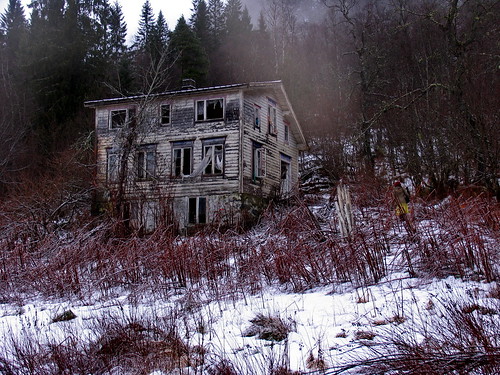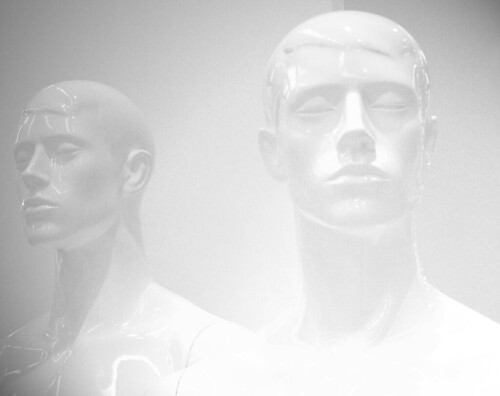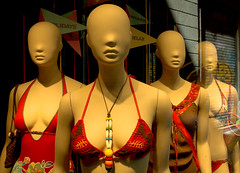Interdisciplinary conference, artistic Salon and Gothic event hosted by the Department of Media and Cultural Studies at Utrecht University in the Netherlands 7-9 August 2008
Confirmed keynotes: Fred Botting • Steven Bruhm • Jeffrey Sconce
To tell a story is always to invoke ghosts. The act of narration, by nature, invites the spectres of the past, and is haunted by long-hidden anxieties or desires. The uncanny is an indispensable part of storytelling; it is the unrepresented lurking behind presentation, the unknown saliently present in the known. Nor is it only literature that is uncannily destabilized by its own technology; indeed, every act of mediation, be it textual, visual or auditory, evokes a Gothic conflation of overlapping temporalities and realities.
Examples of uncanny mediation are as numerous as they are varied. David Lynch has experimented with the uneasy borders between mediation and reality in the dreamlike topology of his films; Patrick McGrath allows the voice of past trauma to simultaneously narrate and haunt the literary present; rock bands from Bauhaus to Apoptygma Berzerk employ music technology to lend the ghosts of the Goth a voice; daily life has acquired a spectral dimension through the virtual ‘absent presence’ of wireless technology; and, like many other emblems of the uncanny, Dracula has been renarrated, remediated and re-enacted in film, literature, and computer games.
How can we describe the uncanny agency of media in such phenomena? To what extent does the book, the camera, the iPod, or the computer invite ghosts, create a voyeur, or a doppelganger? How does this shadow side of mediation influence our perception of the Real, the virtual, the unconscious, the Self? And what happens when the uncanny itself is mediated? Can we create spectral reflections of the spectre, a hyperreality of the simulacrum?
This conference aims to raise interdisciplinary discussions regarding mediation and uncanniness. Papers on both historical and contemporary topics are welcome. Possible themes include but are not limited to
Ø Mediating the uncanny: literature, film, music, computer games
Ø Spectrality and hauntology of mediation and technology
Ø Reality, hyperreality and simulacra
Ø Mediation of the Self: online identities and technological doppelganger
Ø Schizophonia, ventriloquism and backmasking in auditive media
Ø Dreams and the unconscious
Ø Spiritualism and mediumship
Proposals should include the name and contact details of the proposer, the title of the proposal and an abstract of no more than 250 words. Please send proposals to Isabella van Elferen, isabellavanelferen@uncannymedia.nl The deadline for proposals is 1 April 2008.
The conference website will be updated regularly. It can be found at www.uncannymedia.nl.
_______________________________________________






